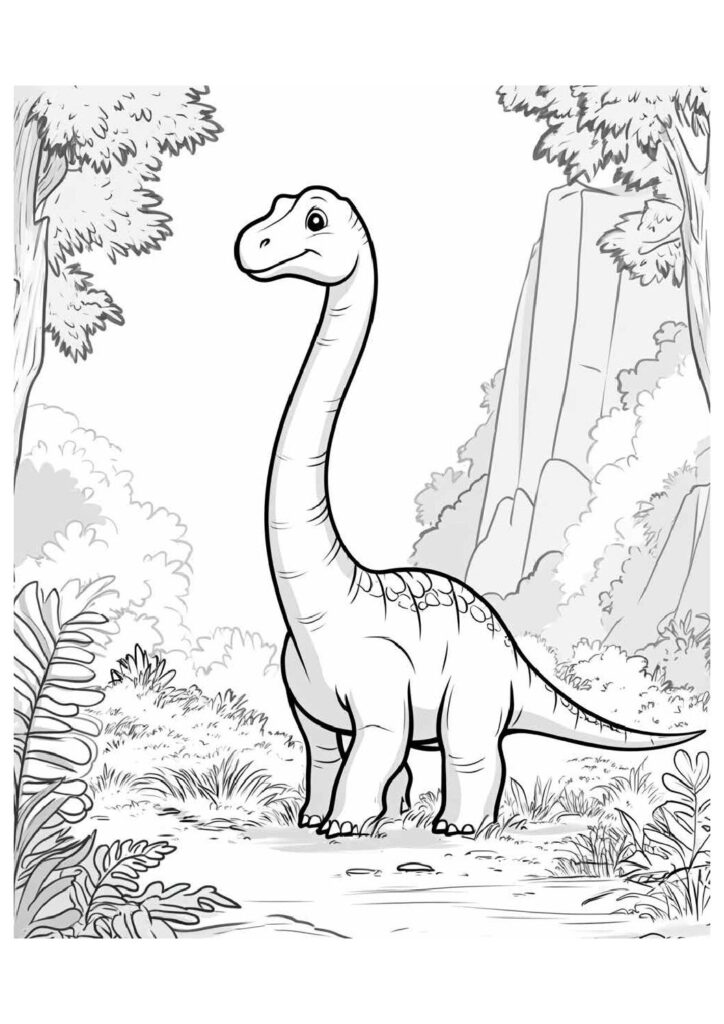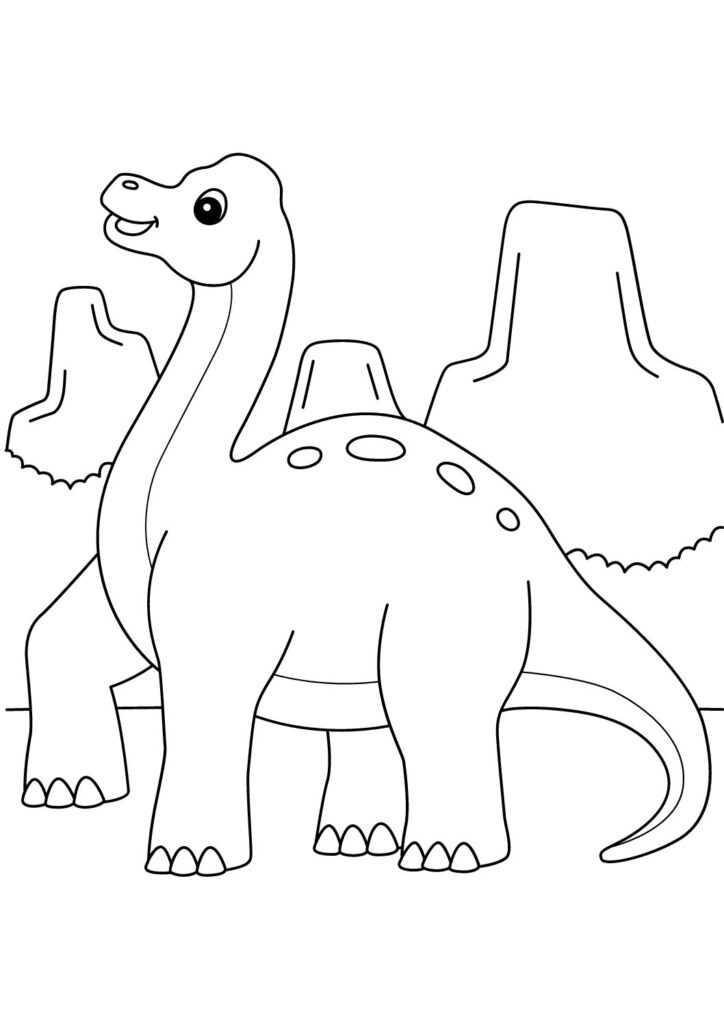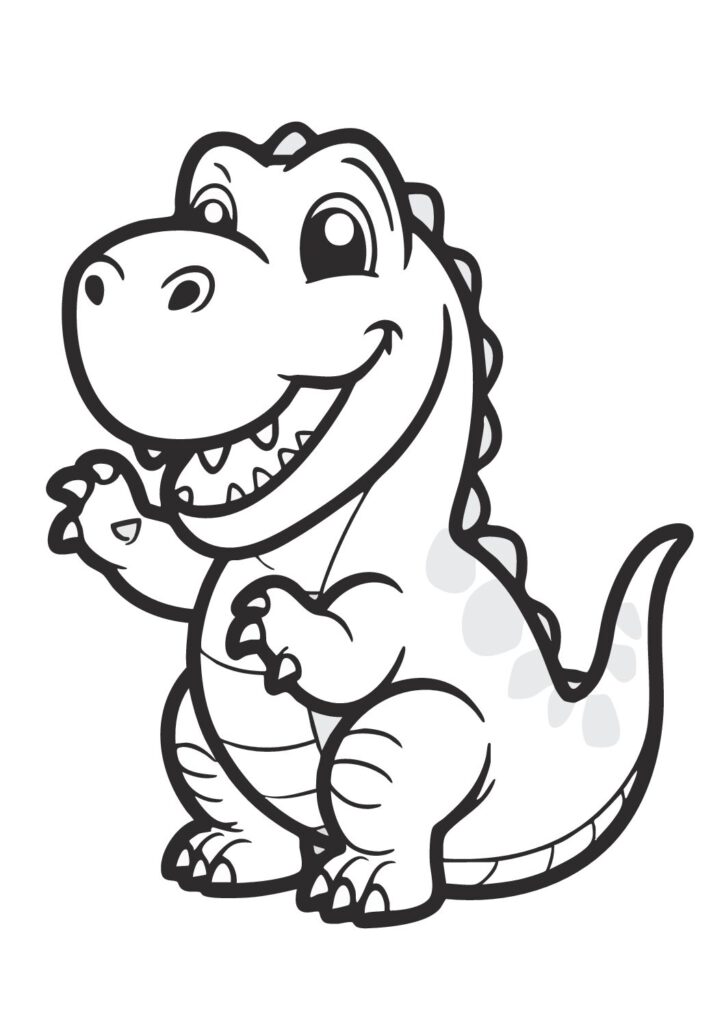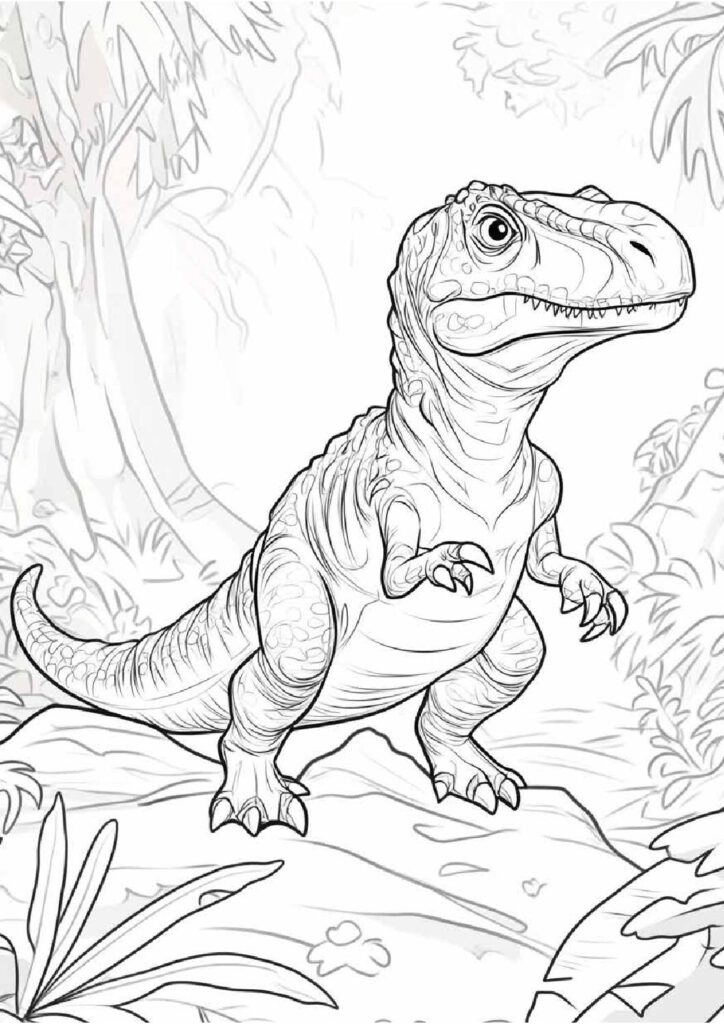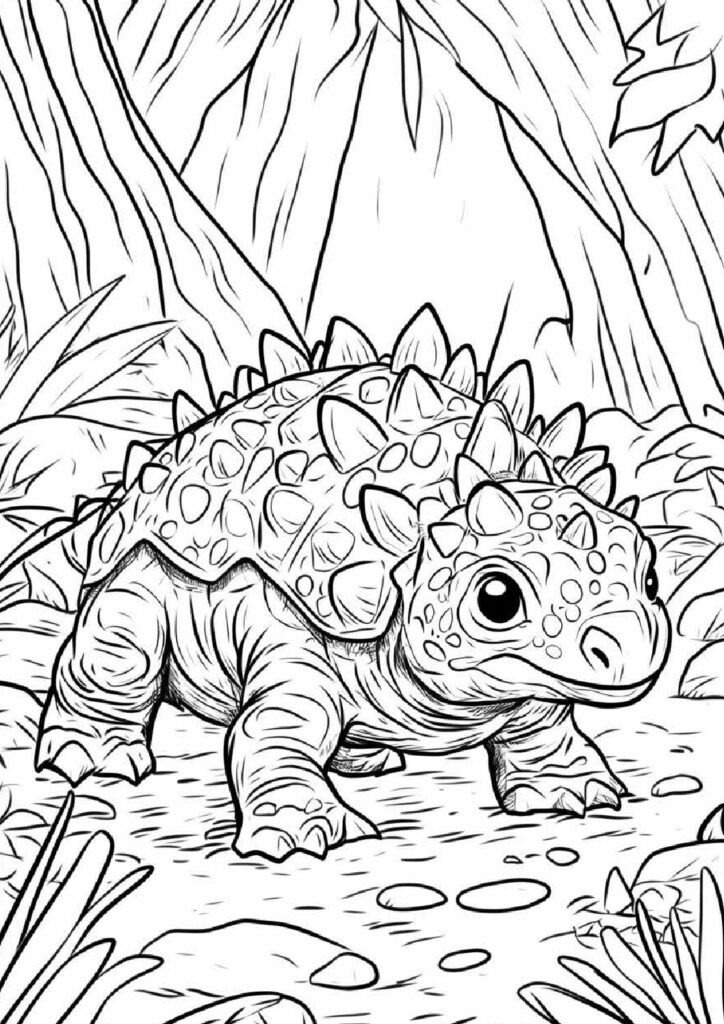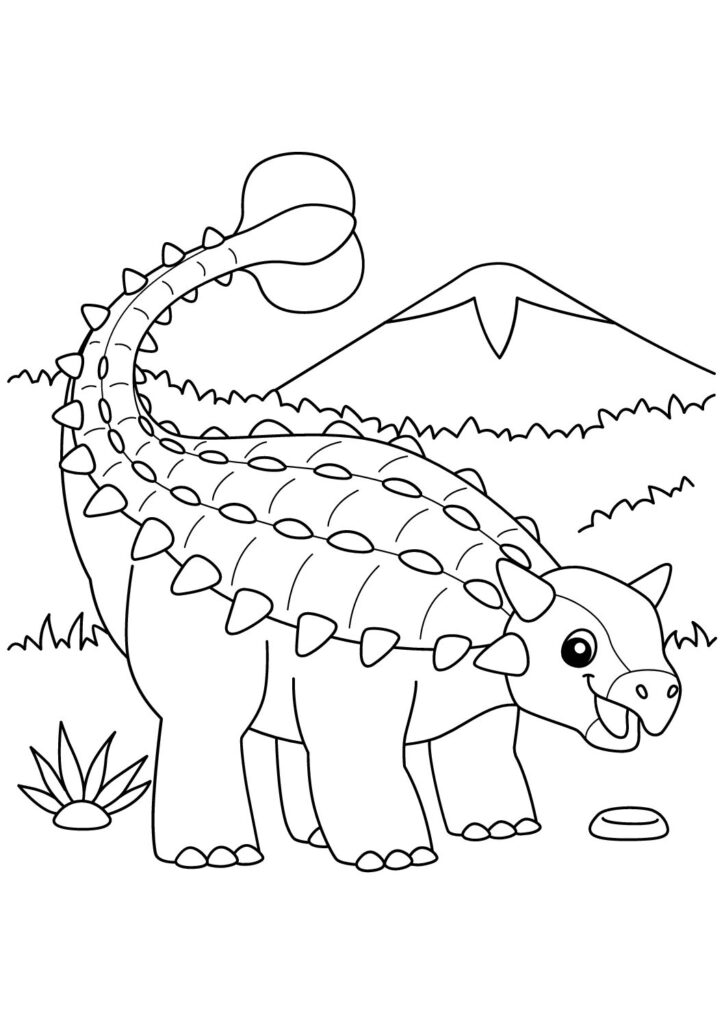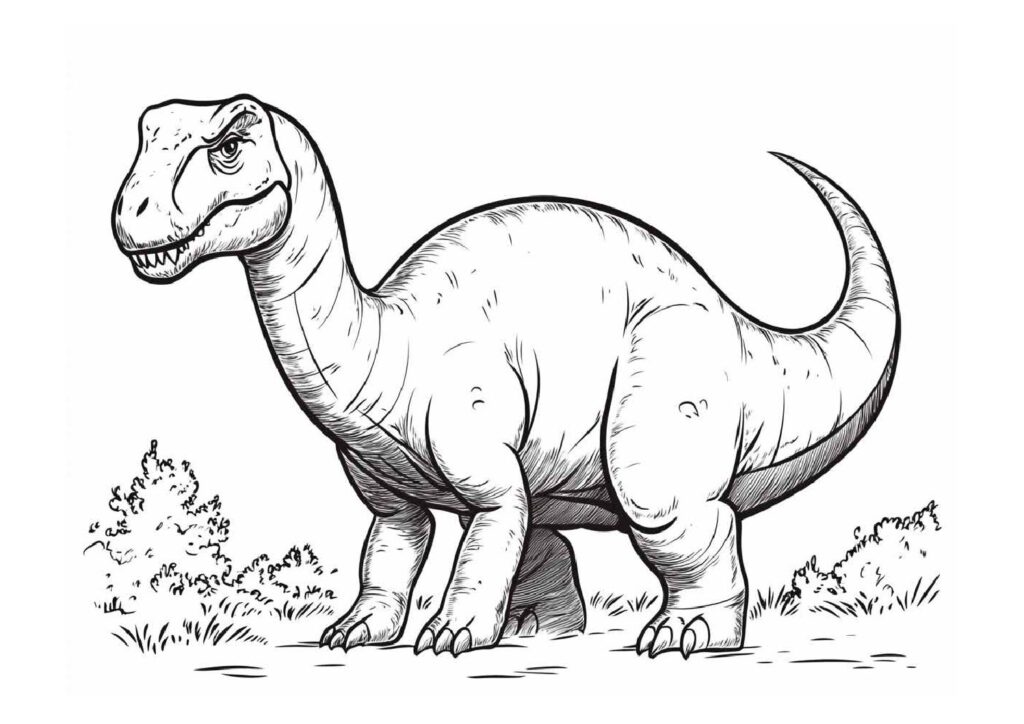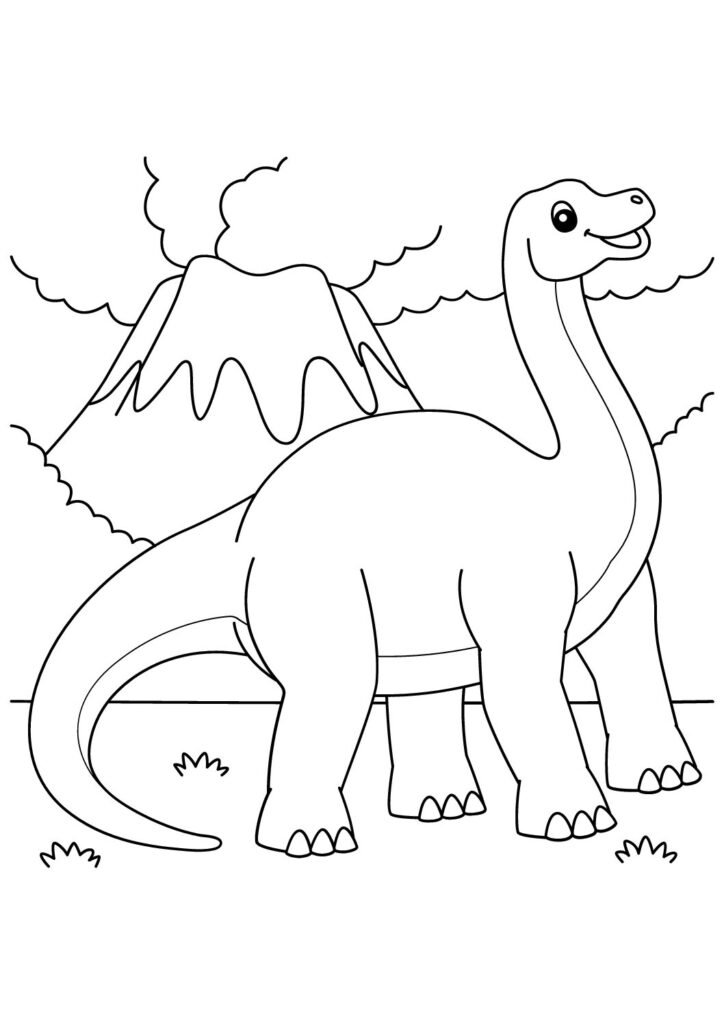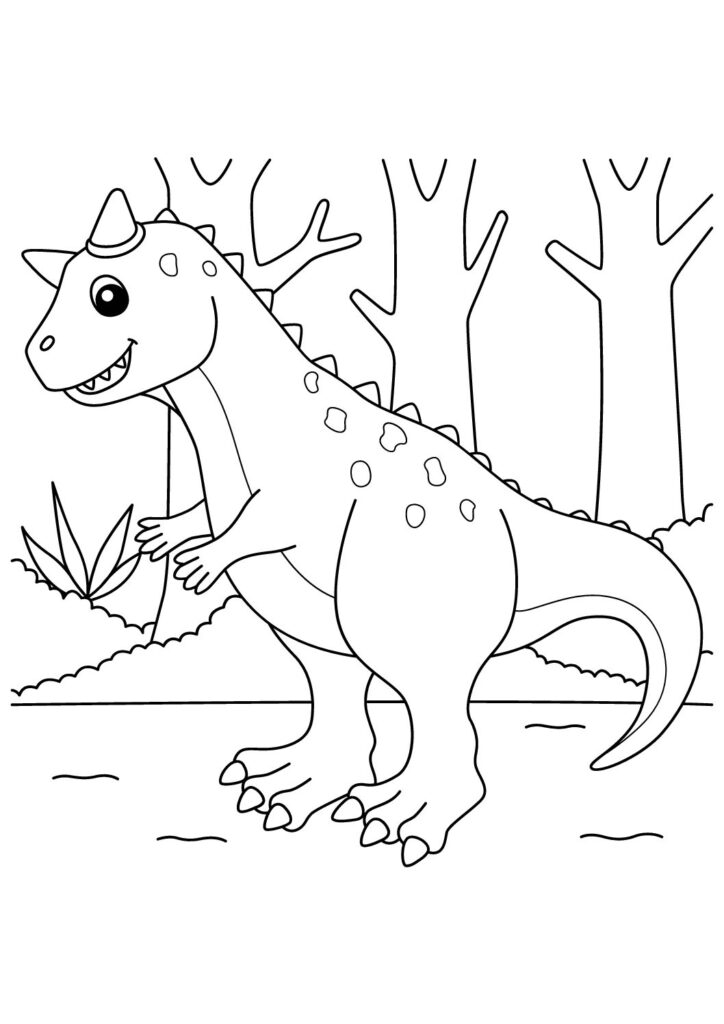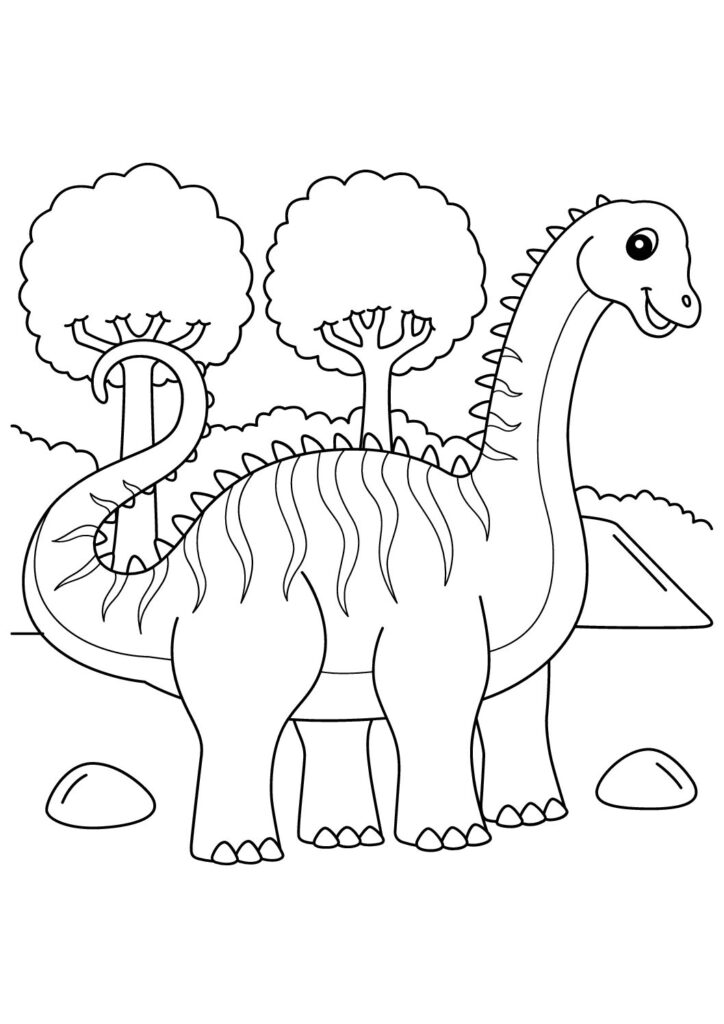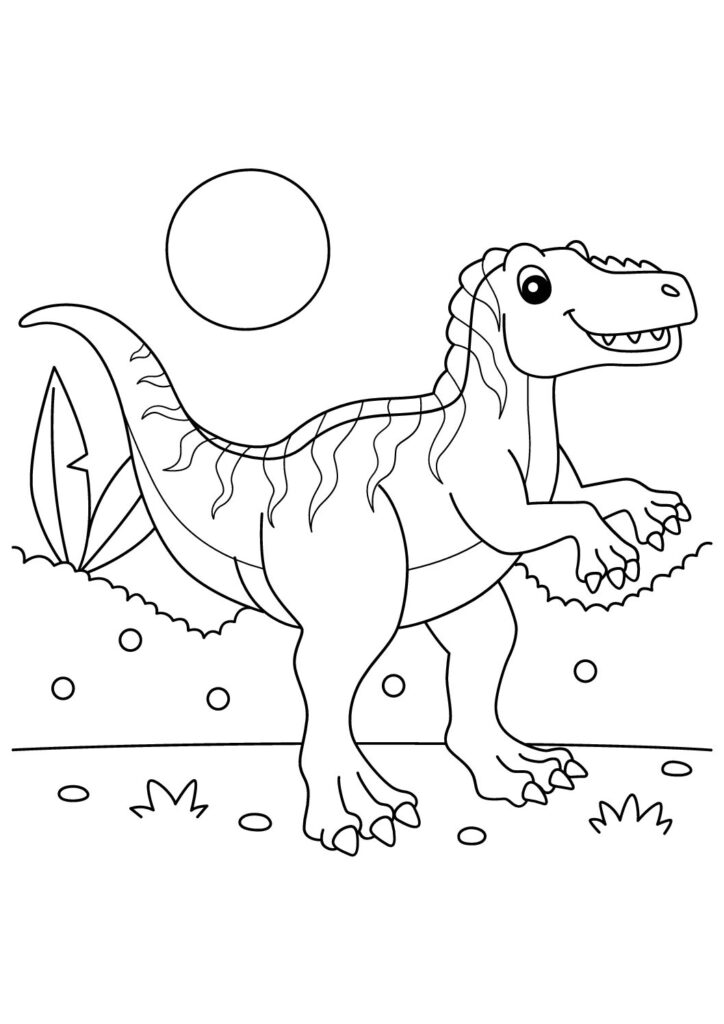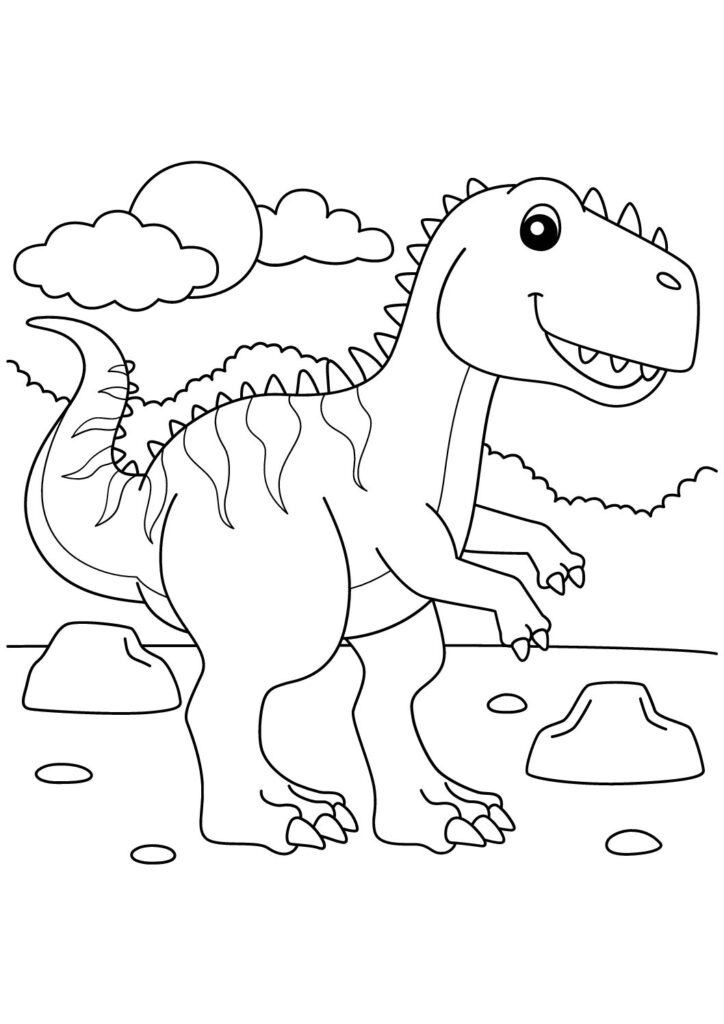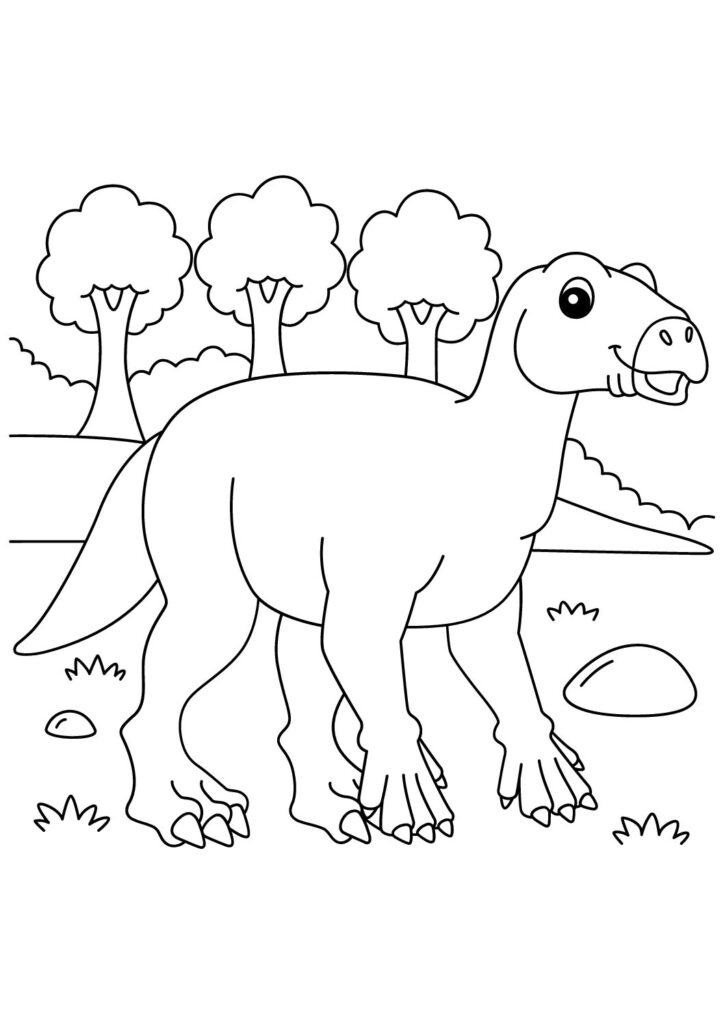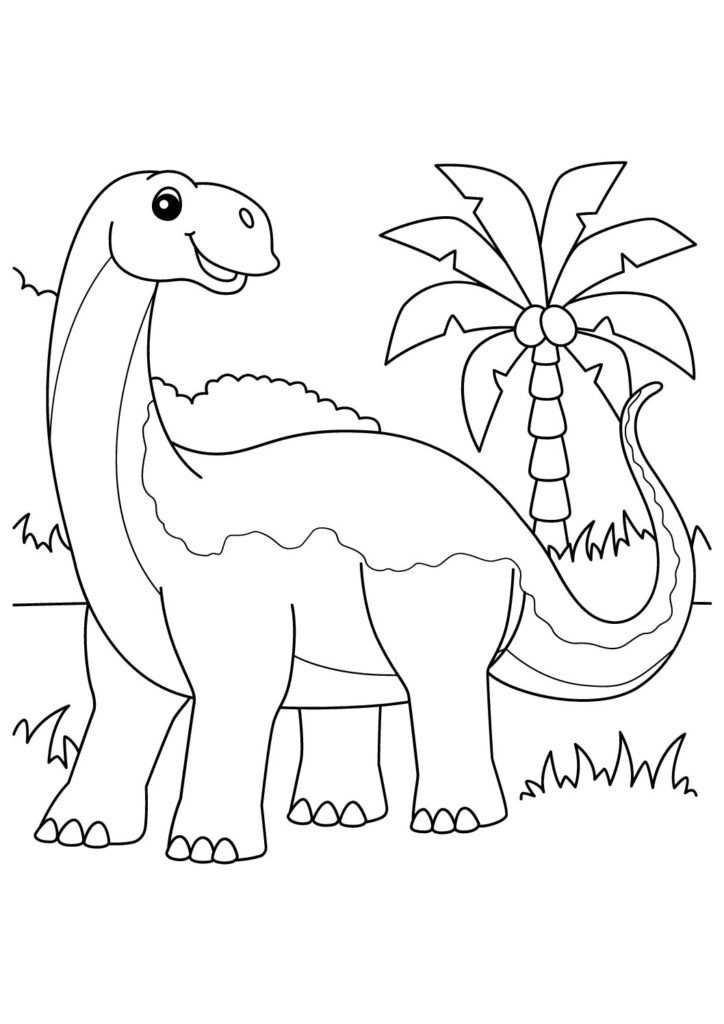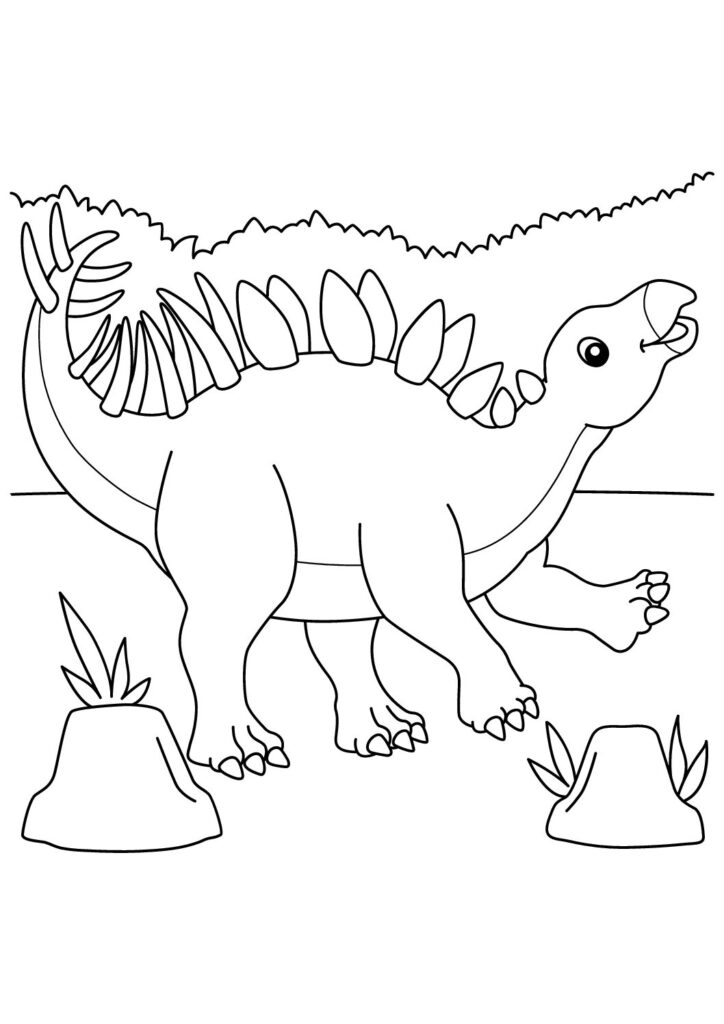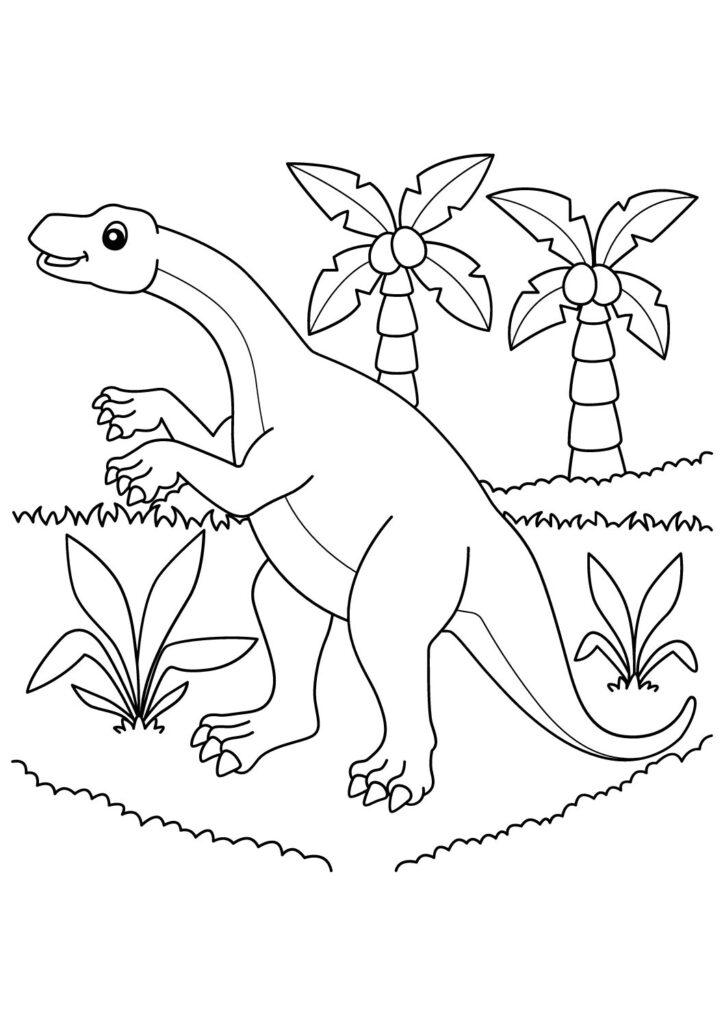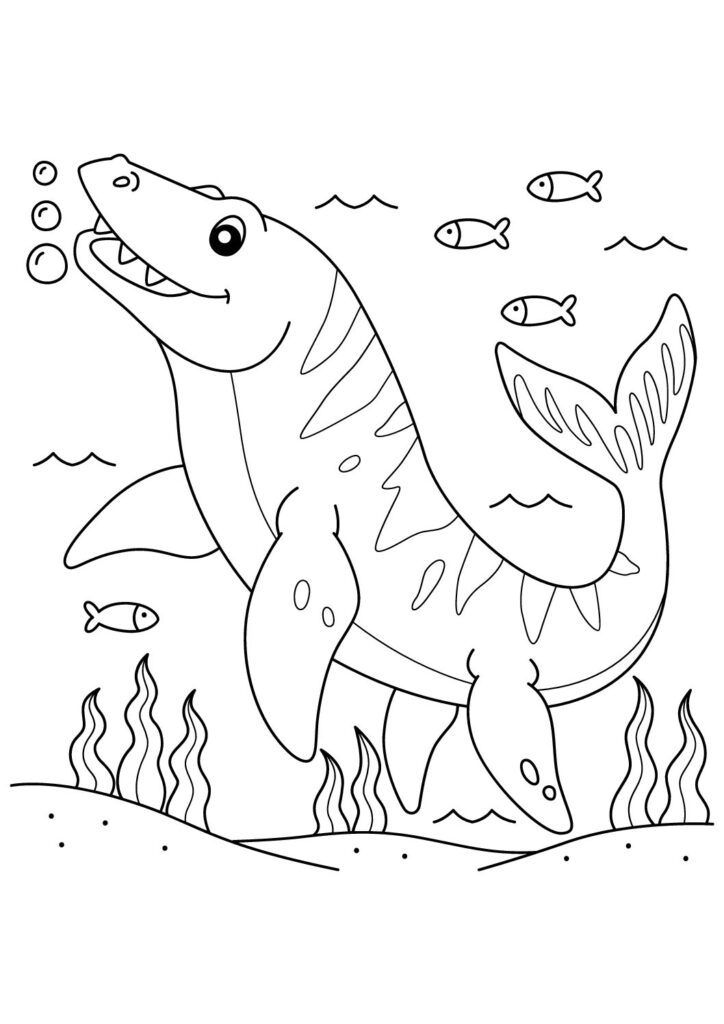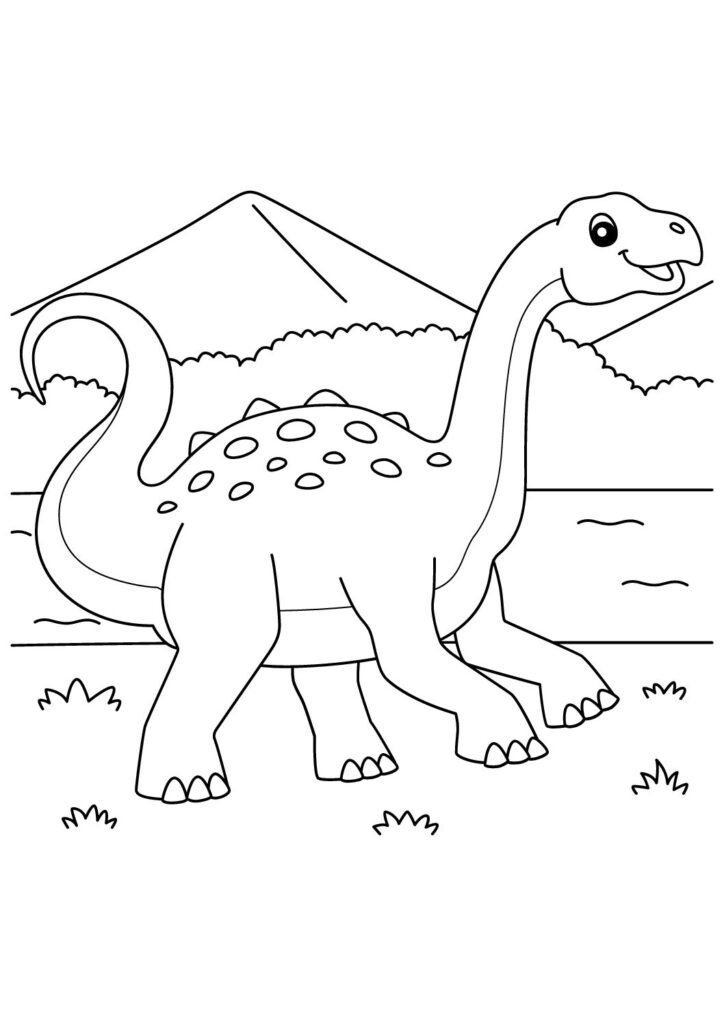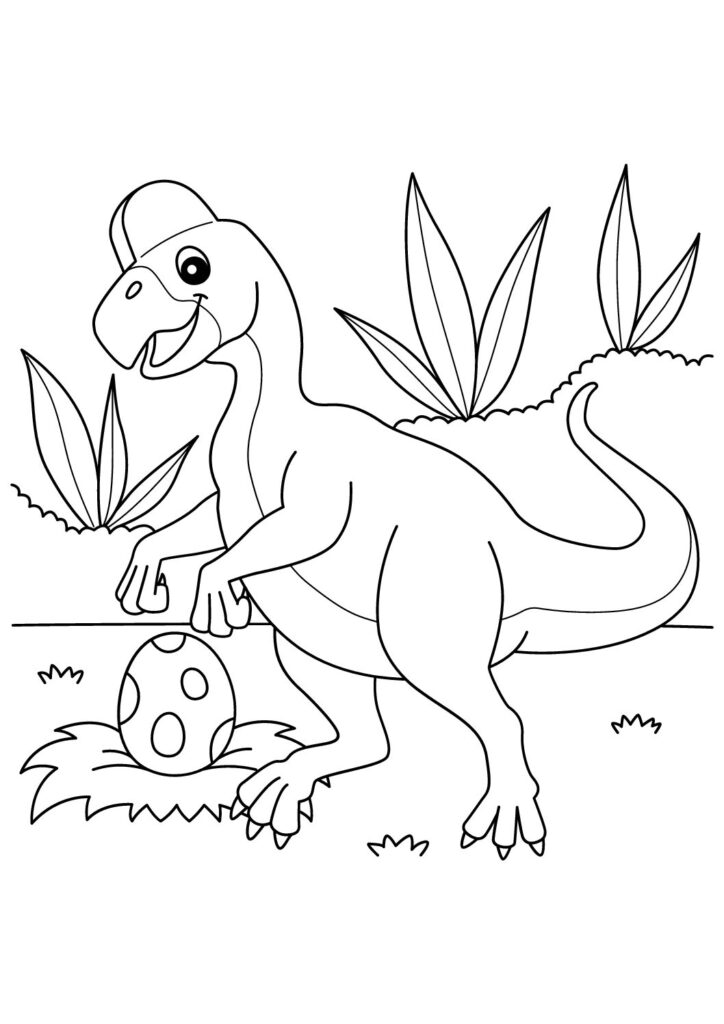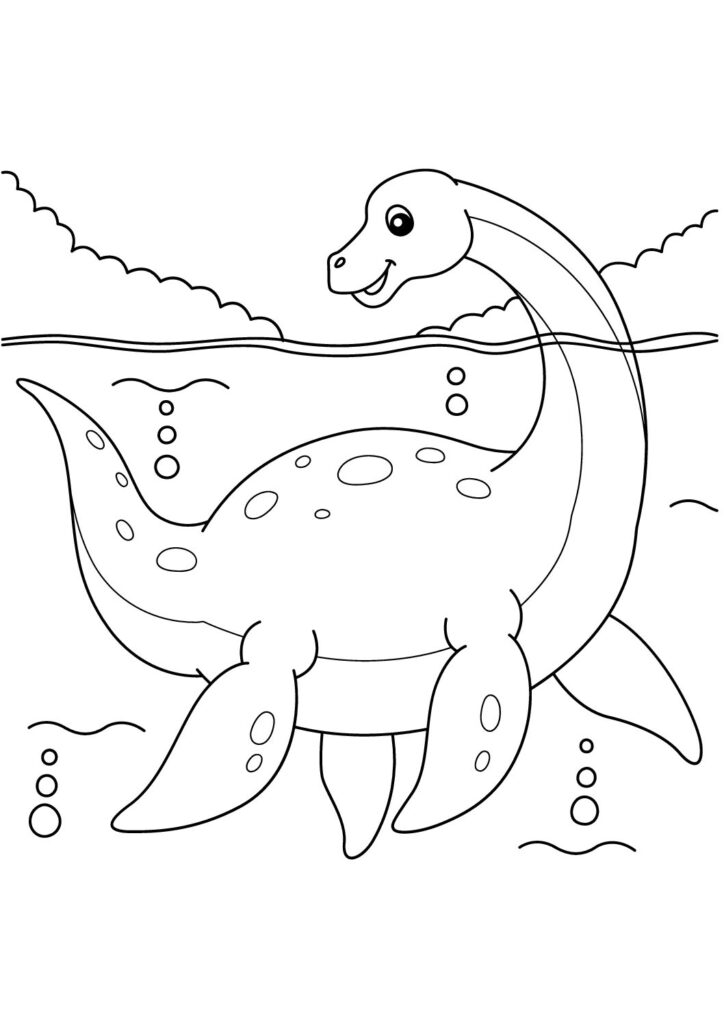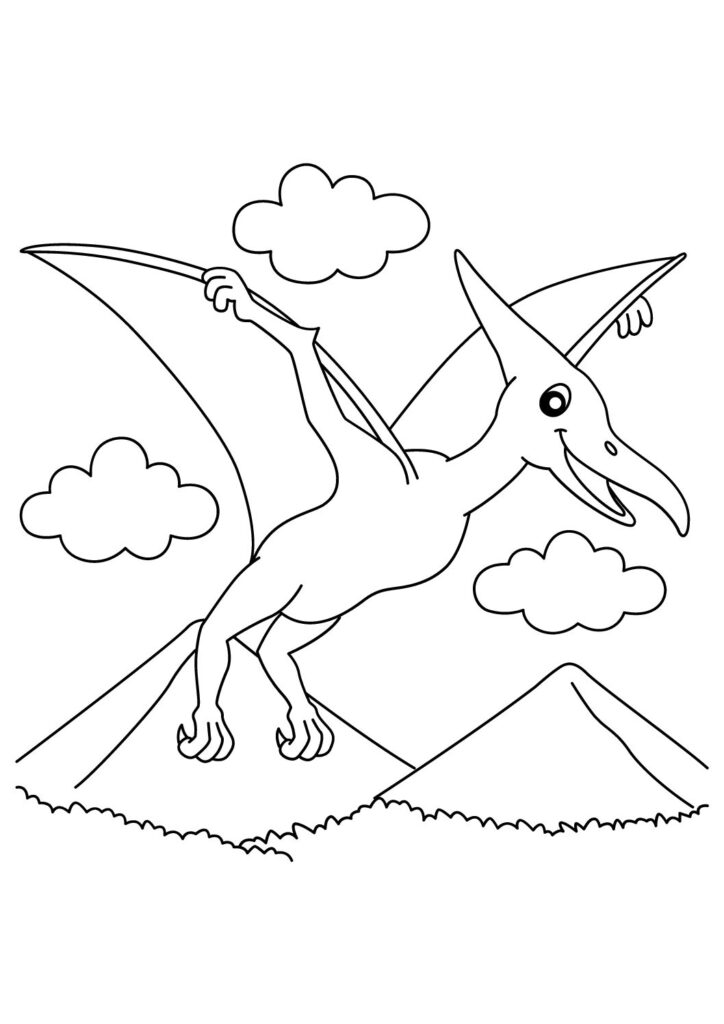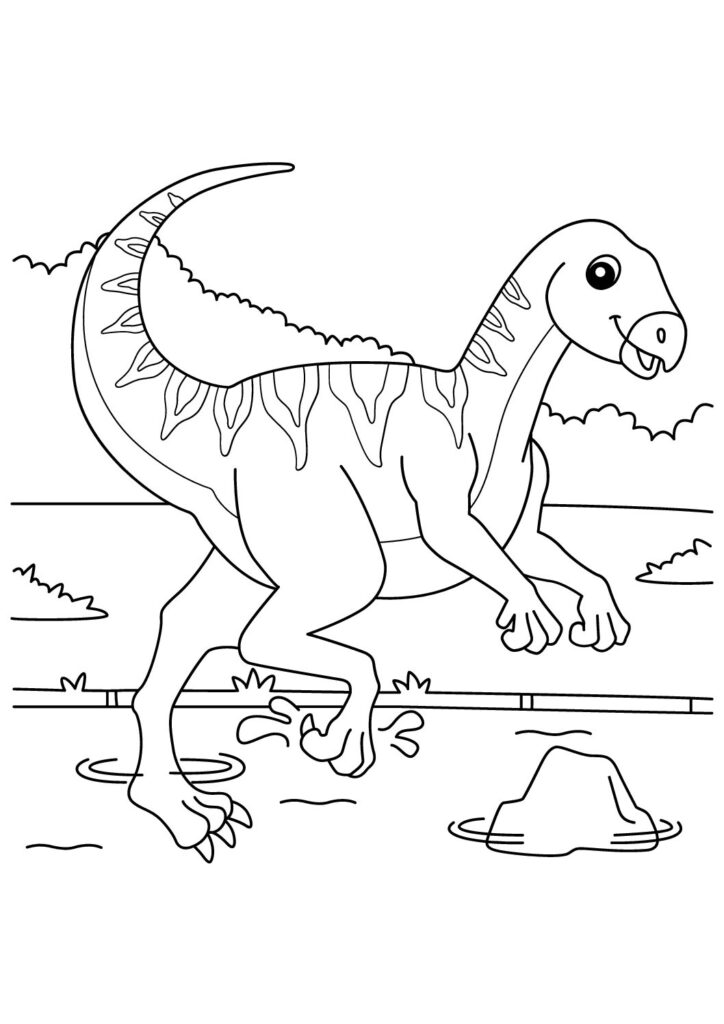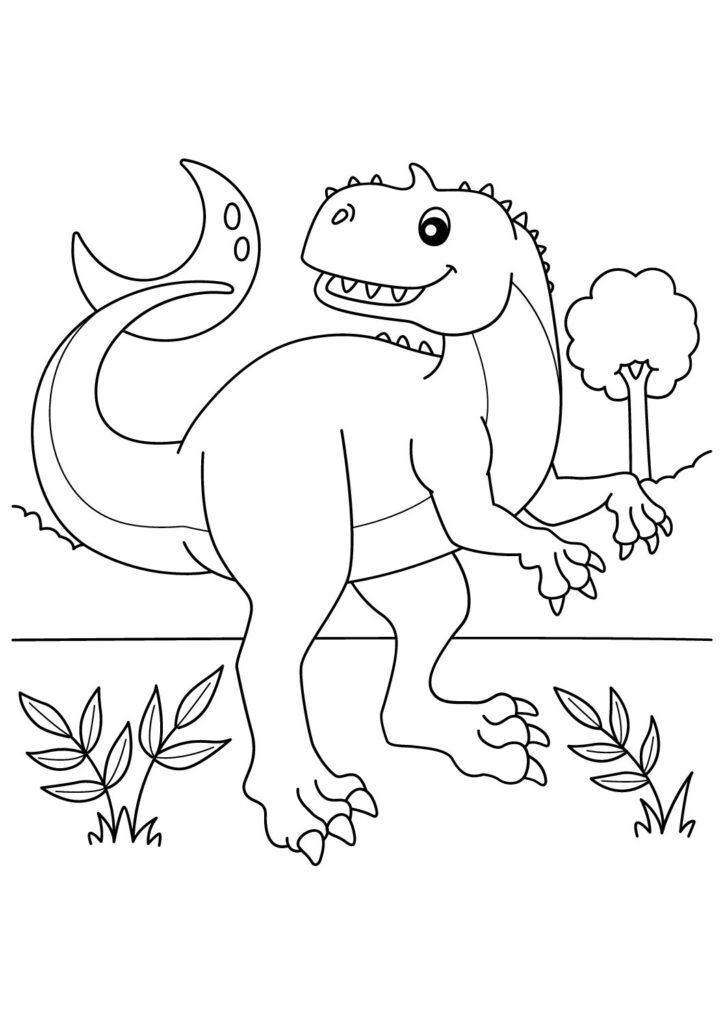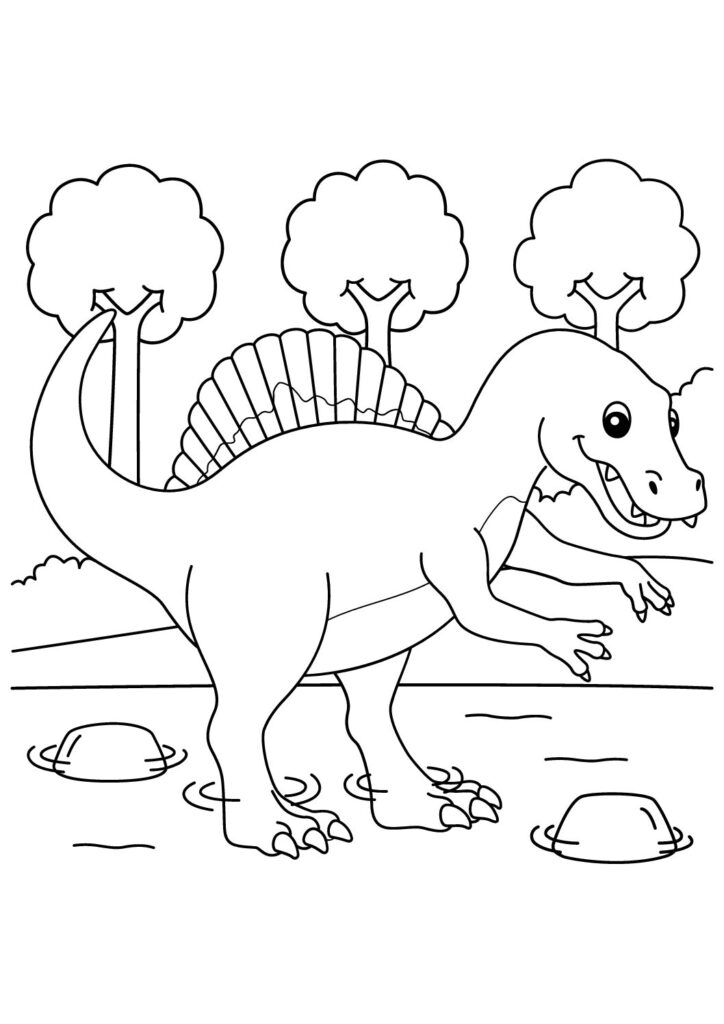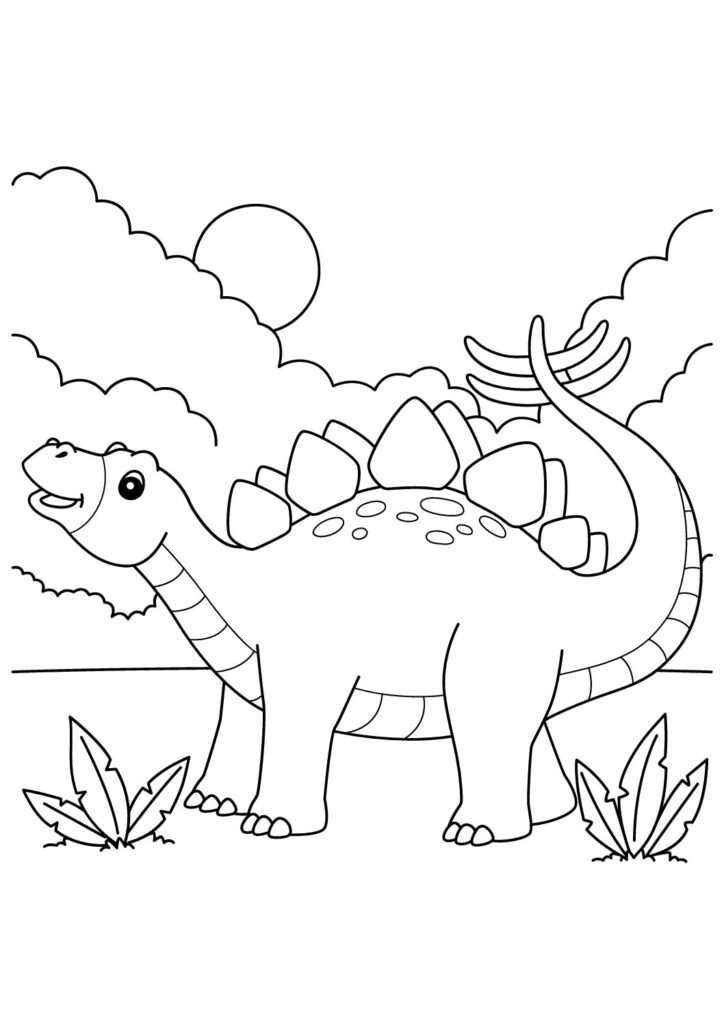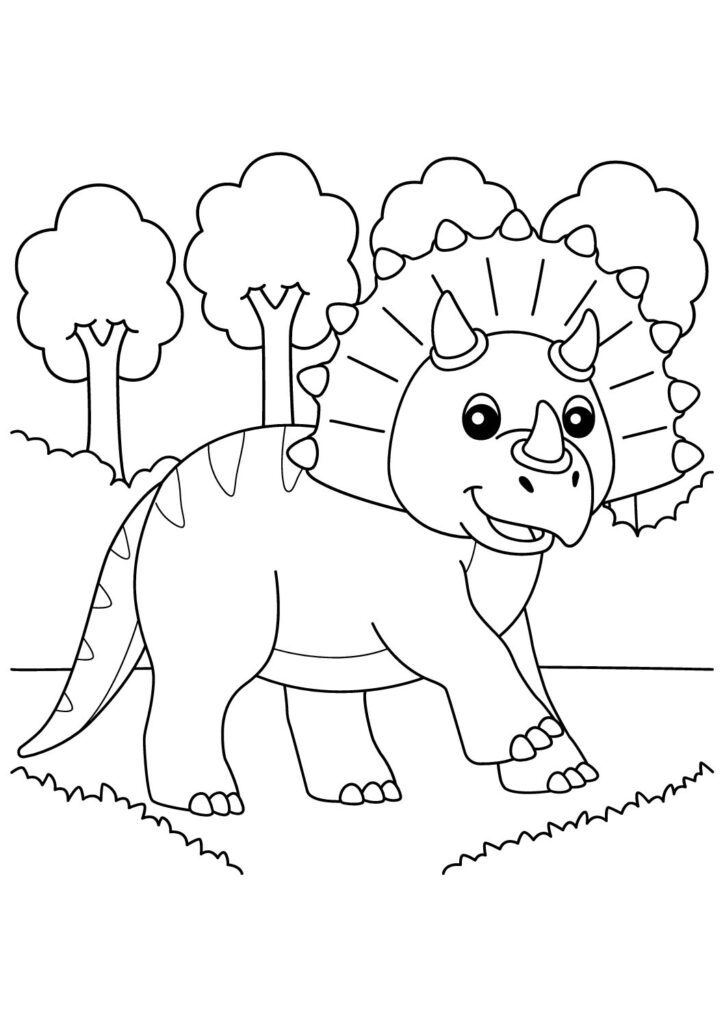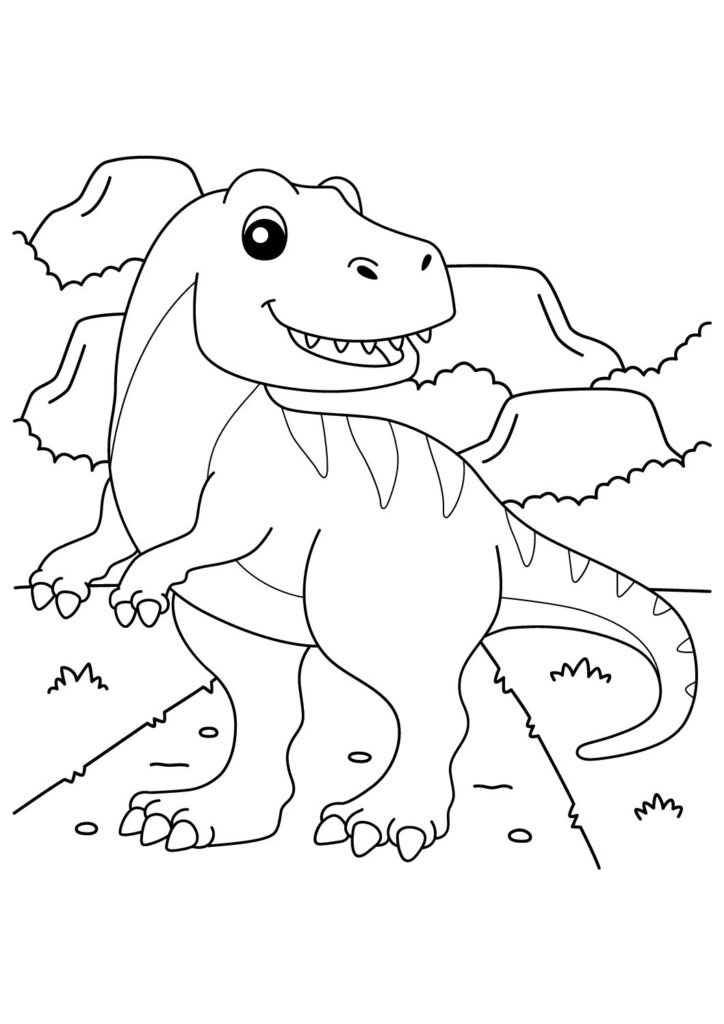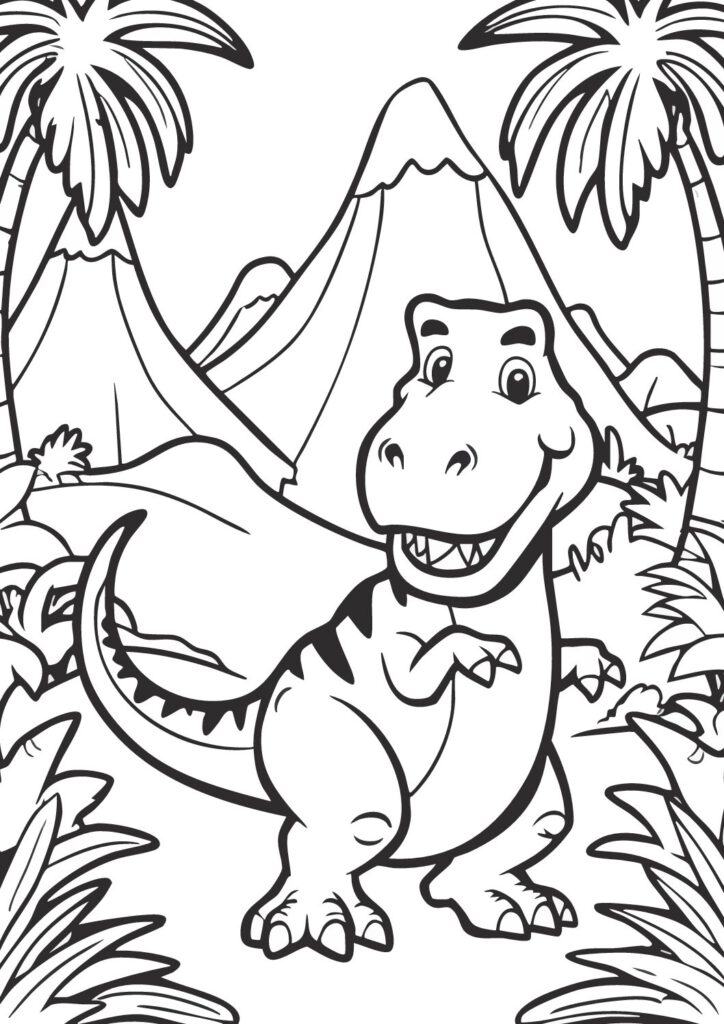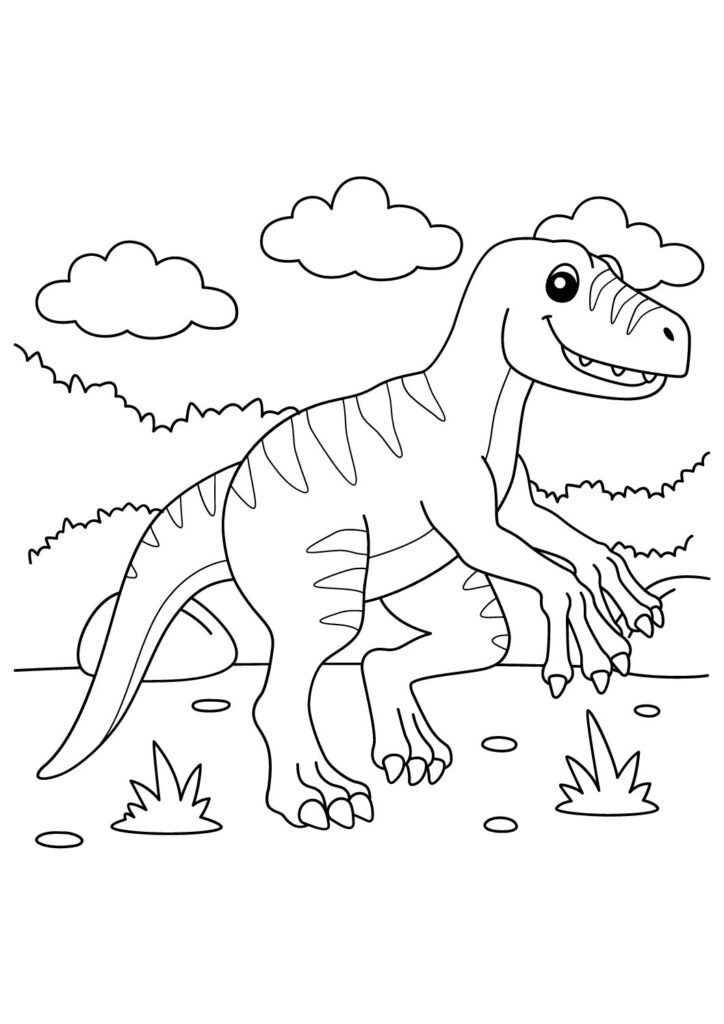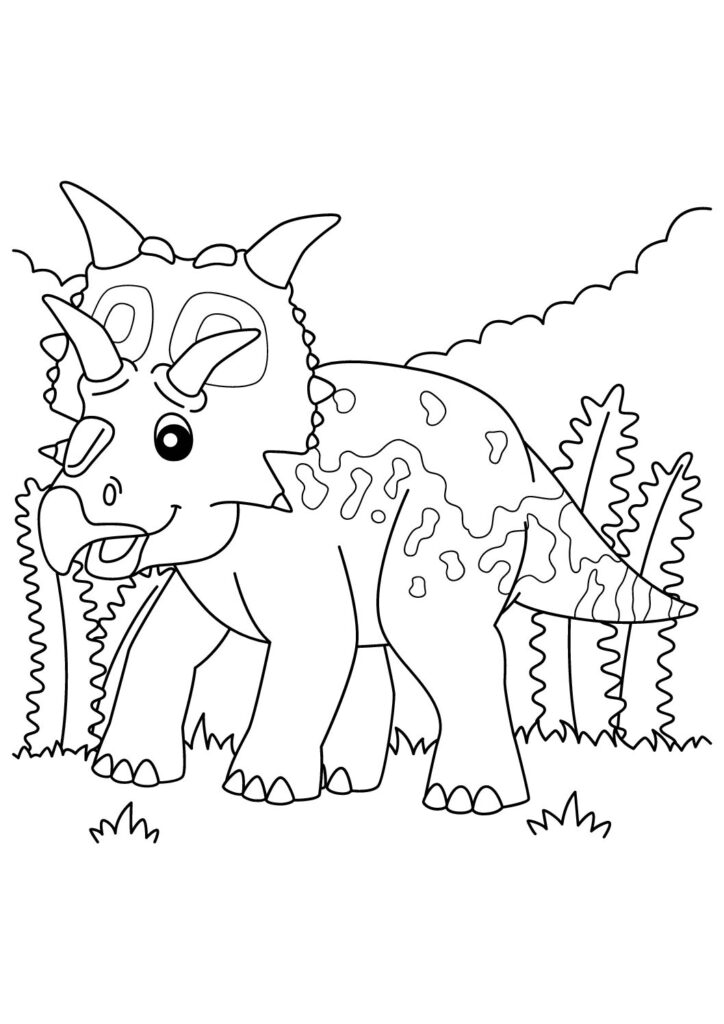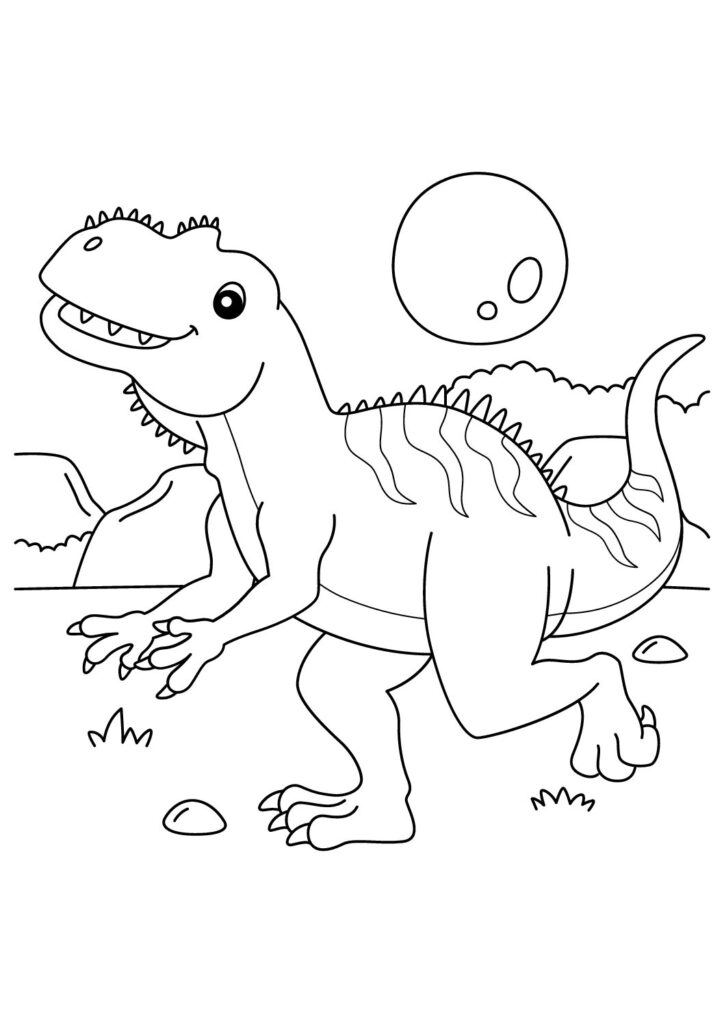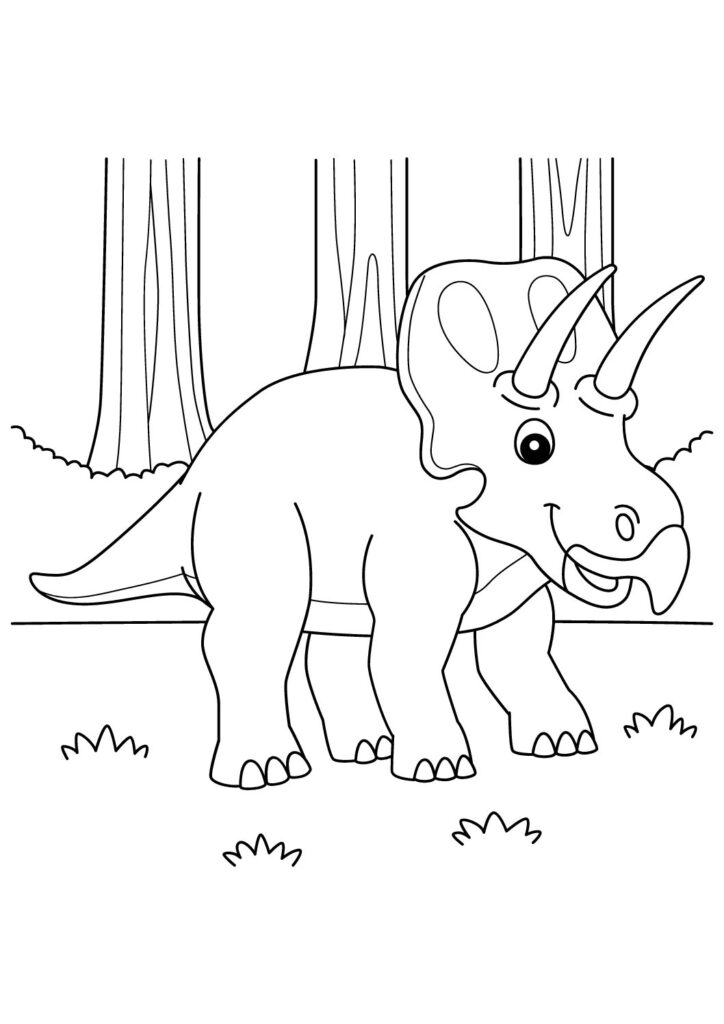2 Free Brachiosaurus Coloring Pages for Download (Printable PDF)

Reach into our free printable collection of Brachiosaurus coloring pages featuring these gentle giants in their majestic poses! Download these high-quality sheets showcasing these enormous sauropods with their distinctive long necks, massive bodies, and towering heights displaying their incredible size. Perfect for kids and dinosaur enthusiasts, these detailed prehistoric coloring pages capture the peaceful nature of these plant-eating creatures known for being one of the tallest dinosaurs ever. Each printable sheet brings these amazing Jurassic giants to life, highlighting their lengthy necks, powerful legs, and impressive scale against ancient landscapes!
Majestic Brachiosaurus Facts: The Ultimate Guide to Earth's Towering Dinosaur Giants
Introduction
Brachiosaurus roamed what is now North America during the Late Jurassic period approximately 154-153 million years ago, standing as one of the tallest dinosaurs ever discovered. These massive sauropods could reach heights of 40-50 feet—comparable to a modern four-story building—with their name appropriately derived from Greek words meaning “arm lizard,” referencing their disproportionately long front legs that created their distinctive upward-sloping posture.
Extraordinary Size
Brachiosaurus represents one of the largest land animals in Earth’s history, with adults estimated to weigh between 35-80 tons and reach lengths of 85 feet from head to tail. Their massive hearts likely weighed over 400 pounds to pump blood up their long necks to their relatively small heads positioned nearly 30 feet above ground level, requiring specialized cardiovascular adaptations to maintain blood pressure at such heights.
Unique Body Structure
Unlike most other sauropods, Brachiosaurus featured longer forelimbs than hindlimbs, creating their distinctive giraffe-like posture that differentiated them from their contemporaries. This unusual configuration raised their shoulders significantly higher than their hips, allowing them to reach vegetation at heights unreachable by other herbivorous dinosaurs and reducing competition for food resources in their Late Jurassic ecosystems.
Feeding Adaptations
Brachiosaurus possessed specialized peg-like teeth ideal for stripping foliage rather than chewing, suggesting they swallowed vegetation whole to be processed by gastroliths (stomach stones) and digestive fermentation. Their height allowed them to browse high-growing conifers and primitive ginkgo trees that dominated Jurassic forests, effectively occupying an ecological niche similar to modern giraffes by accessing food sources unavailable to other herbivores.
Respiratory System
Scientists believe Brachiosaurus possessed a highly efficient respiratory system featuring air sacs similar to modern birds, making their massive bodies lighter while providing superior oxygen exchange. Research suggests their enormous nasal openings may have housed resonating chambers for communication or specialized heat exchange structures to cool blood flowing to their brains, helping regulate body temperature in the warm Jurassic climate.
Scientific Discovery
The first Brachiosaurus remains were discovered in 1900 by paleontologist Elmer Riggs in the Morrison Formation of Colorado, with the type species named Brachiosaurus altithorax (“high-chested arm lizard”). Related specimens found in Tanzania were initially classified as Brachiosaurus brancai but have since been reclassified as Giraffatitan, highlighting the ongoing refinement of our understanding of these massive creatures as new evidence emerges.
Cultural Impact
Brachiosaurus gained worldwide recognition through its prominent feature in the 1993 film “Jurassic Park,” where its towering height and gentle demeanor created one of cinema’s most memorable dinosaur moments. This portrayal significantly influenced public perception of sauropods, transforming their image from slow, swamp-dwelling creatures to the more scientifically accurate terrestrial giants we recognize today.
